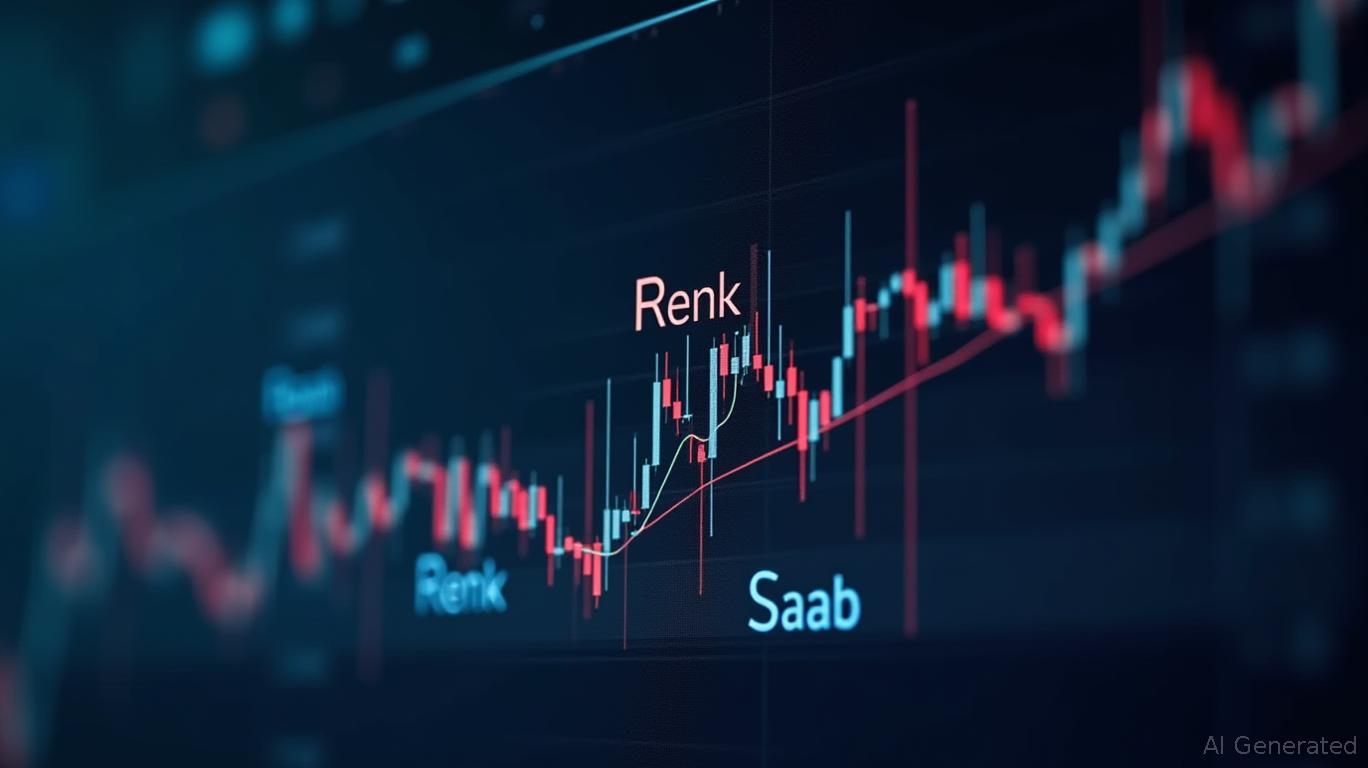Flutter’s Jackpot Gamble: Can FanDuel’s New System Drive Sustainable Growth?
In early 2025, Flutter Entertainment’s U.S. betting arm, FanDuel, introduced its much-anticipated Jackpot System, a tiered progressive jackpot platform designed to supercharge player engagement and revenue. The system’s launch—bolstered by technology from Flutter’s 2024 acquisition of BeyondPlay—has become a linchpin in the company’s strategy to dominate regulated iGaming markets. But as states like New Jersey mull tax hikes and competition intensifies, the question remains: Can this gamble pay off?

The Financial Mechanics of a New Revenue Stream
The Jackpot System’s brilliance lies in its simplicity. For a $0.10 fee per wager, players gain access to escalating prize pools—Mini, Minor, Major, and Mega Jackpots—funded entirely by the opt-in fees. This model creates a dual win: FanDuel generates incremental revenue while incentivizing frequent play, as players chase the chance to win life-changing payouts.
Early results are promising. Since launching in three key markets (New Jersey, Michigan, and Pennsylvania), the system has produced over 50,000 winners, averaging 1,500 daily winners. That translates to roughly $1.5 million in daily fees—a figure that could scale as the system expands to additional states. Meanwhile, the engagement boost has likely extended session durations and repeat visits, critical metrics in an industry where customer retention drives profitability.
A Strategic Masterstroke or Overvalued Hype?
Flutter’s integration of BeyondPlay’s technology into the Jackpot System highlights its operational agility. The product went from acquisition to market in just 14 months, a rapid turnaround that minimized integration costs and maximized returns. This efficiency is all the more striking given the complexity of designing tiered jackpots that balance affordability (the $0.10 fee) with excitement (the Mega Jackpot, which can top $10 million).
The system’s success is already baked into FanDuel’s 2025 financial targets. The company now projects $7.4–7.9 billion in revenue, a 27% increase from 2024’s $5.8 billion, with adjusted EBITDA expected to jump to $1.3–1.5 billion from $507 million. Analysts at Craig-Hallum and UBS have responded with $340–350 price targets, citing the Jackpot System’s scalability as a key driver.
The Risks: Taxes, Saturation, and Skepticism
But the path to success is littered with potholes. New Jersey’s proposed tax hike on online gaming—raising the rate for iGaming from 15% to 25%—could erode margins in one of FanDuel’s largest markets. CEO Jeremy Jackson has called such proposals “concerning,” but the company is betting that the Jackpot System’s revenue growth will offset these headwinds.
Investor sentiment is mixed. While six analysts recently issued “Buy” ratings, institutional holders are divided. Barclays and Bank of Montreal cut their stakes in Q4 2024, while BlackRock and Lone Pine Capital increased holdings. Executives’ stock sales—like CEO Amy Howe’s $3.75 million in shares—have raised eyebrows, though CFO Robert Coldrake’s modest sale and Nancy Dubuc’s $99k purchase suggest internal confidence isn’t unanimous.
The Road Ahead: Markets, Innovation, and Regulation
Flutter’s expansion plans could amplify the Jackpot System’s impact. By late 2025, FanDuel aims to enter Missouri and Alberta, with a $10 million pre-launch investment in Canada. These moves, combined with product innovations like “YourWay” customizable NBA prop bets, aim to keep the brand ahead of rivals like DraftKings and BetMGM.
However, the biggest hurdle remains regulatory uncertainty. The U.S. iGaming market is still fragmented, with states like New York and Florida yet to fully legalize online betting. Meanwhile, proposed federal sports betting legislation could either harmonize rules or introduce new costs.
Conclusion: A High-Stakes Hand, But One Worth Playing?
The Jackpot System’s early performance suggests it’s a win-win for FanDuel: incremental revenue, sticky customer engagement, and a scalable product that leverages existing infrastructure. With 50,000 winners in its first months, the system has already proven its mass appeal, and the 2025 revenue targets—bolstered by its contributions—are within reach.
Yet the risks are undeniable. Tax hikes, regulatory delays, and market saturation could cap growth. Still, Flutter’s aggressive expansion, coupled with its tech-driven innovation, positions it to weather these storms. If the Jackpot System’s momentum holds—and FanDuel’s 2025 EBITDA crosses the $1.3 billion threshold—this gamble may just be the ace up Flutter’s sleeve.
For investors, the verdict hinges on whether they’re willing to bet on a company that’s doubling down on both its customers and its cards.



_51c707261749625989113.png)






